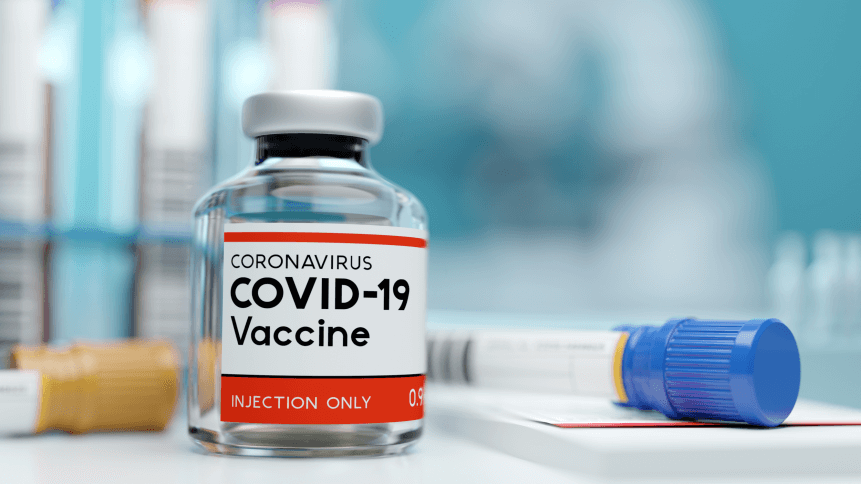How the vaccine could influence cross-industry supply chains

- First, it was a race to come up with a vaccine. Now, the focus is on distributing vaccines as quickly as possible
- Vaccine distribution will face challenges, but the stakes of success could breed innovation to inspire supply chains worldwide
As Covid-19 brought the economy to a screeching halt, modern supply chains were also tested as it is faced with a crisis-time stress test.
When it came to fighting the outbreak itself, there were pileups, shortages, and other snafus as countries scrambled to meet the demand for protective equipment. Now, immense strain looms ahead for the pharmaceutical industry’s supply chain — one that’s not exactly built for speed and scale — as countries around the world begin distributing vaccines.
According to Wall Street Journal, Pfizer will deliver only 50 million doses of its vaccine this year, half as many as initially targeted, because of supply-chain issues. It took longer than expected to source the necessary raw materials in large quantities, Pfizer said, while also noting that its clinical trial of the vaccine concluded later than first planned.
Coming up with a vaccine quickly is hard enough, but distributing one worldwide offers a host of other variables, and conflicting forces may work against the effort.
This is likely to be one of the biggest supply chain management challenges we have faced this century.
“A successful rapid deployment of any proven vaccine doesn’t just rely on the amount of vaccine that can be produced it relies on multiple factors such as infrastructure, information systems, and having a workforce that can administer the vaccine,” said Cranfield University Professor of Supply Chain Strategy Professor Richard Wilding, to Supply Chain Management Review.
Distribution to entire populations was initially assumed to be the biggest challenge. But the intricacies of short-shelf life, cold chain distribution, and safety concerns for workers are another obstacle. Vaccination supply chains also face the risk of cyberattacks, as found by IBM previously, whether driven by motivations to seed ransomware or conduct espionage.
While logistics is only one part of a successful supply chain, the world has yet to break the code of the Covid-19 vaccination supply chain.
What it means for businesses
Outside of the challenge of vaccine transportation and distribution, supply chains around the world have adapted and innovated since the beginnings of the outbreak, building in more resilience and agility.
Across industries, businesses are realizing that the old way of doing things isn’t sufficient. Data-sharing among partners and collaboration is key in order to plan and scale production more smoothly, but so too is self-reliance where possible – if you can make it yourself, don’t source it from halfway around the world.
The challenges of vaccine distribution, and the weight of what’s at stake, will surely breed innovation that will inspire many supply chain leaders, helping them to overcome future challenges and disruption.









